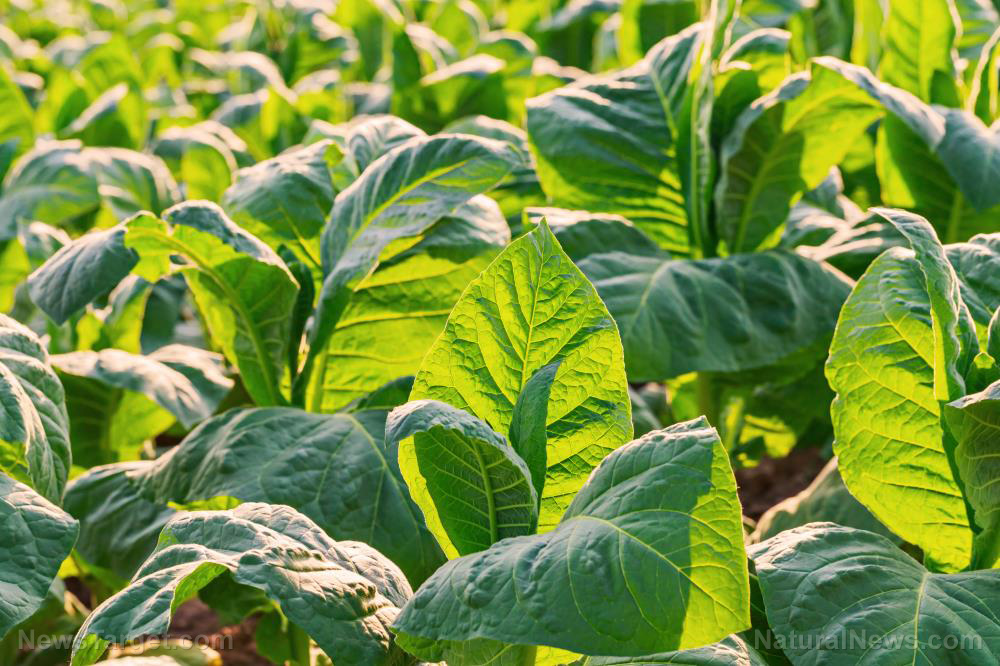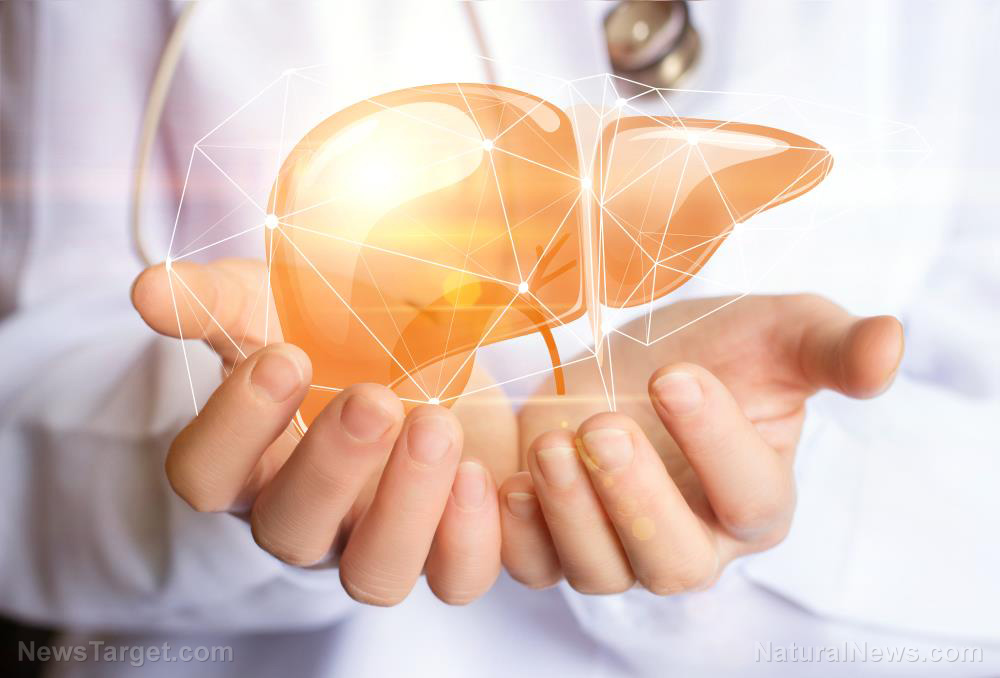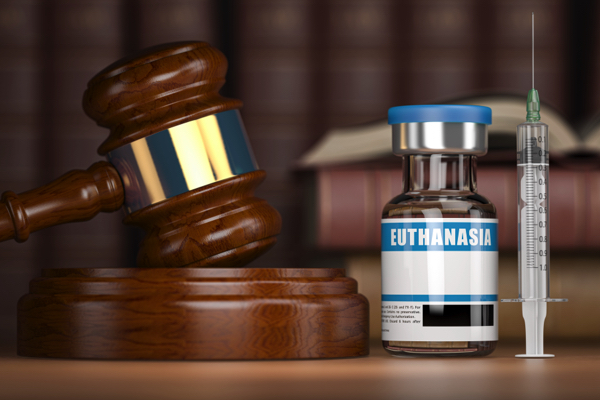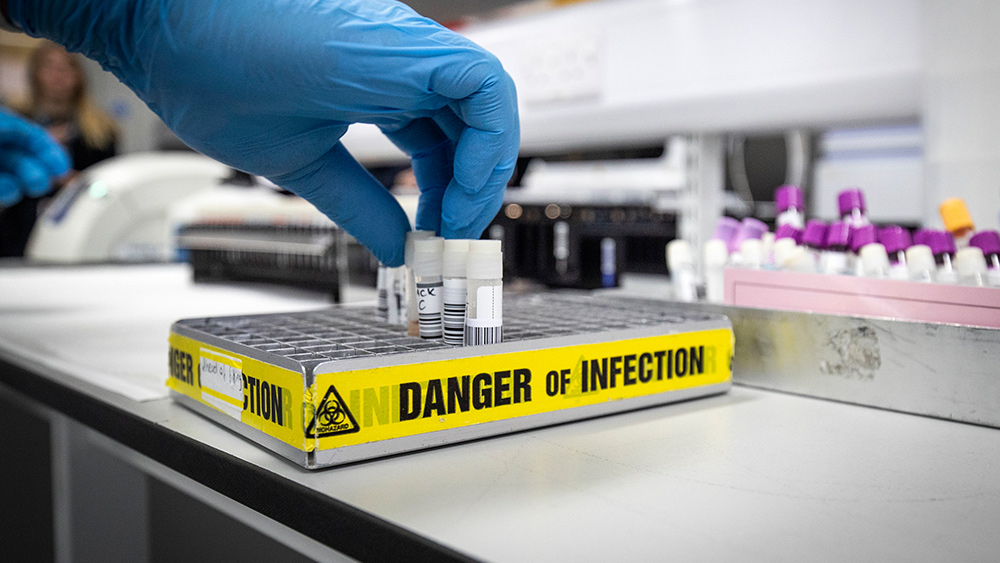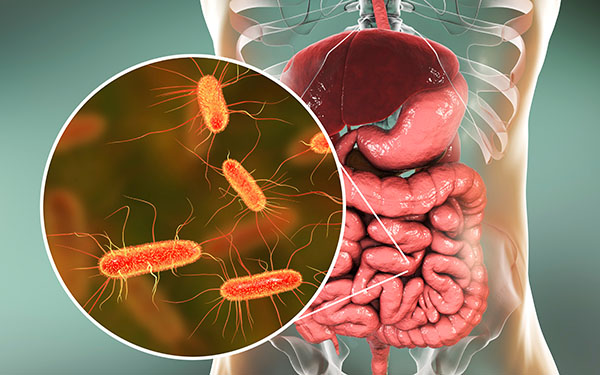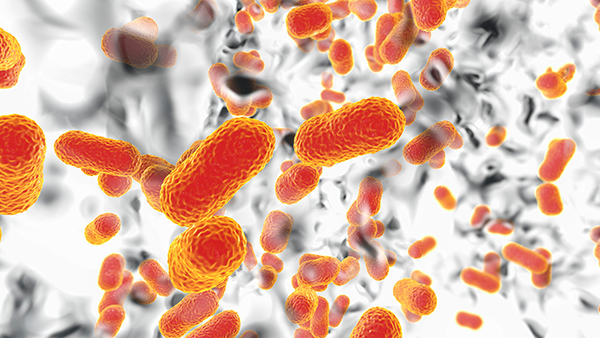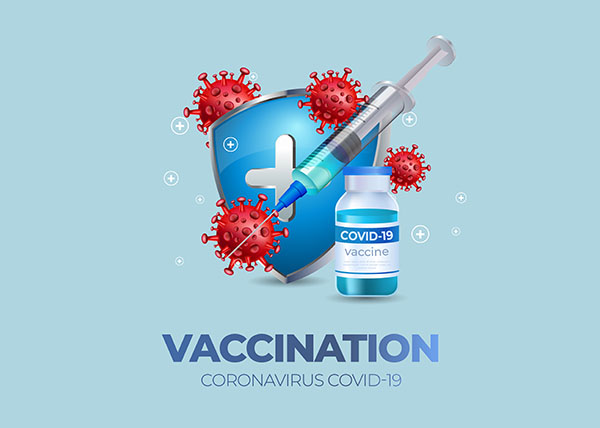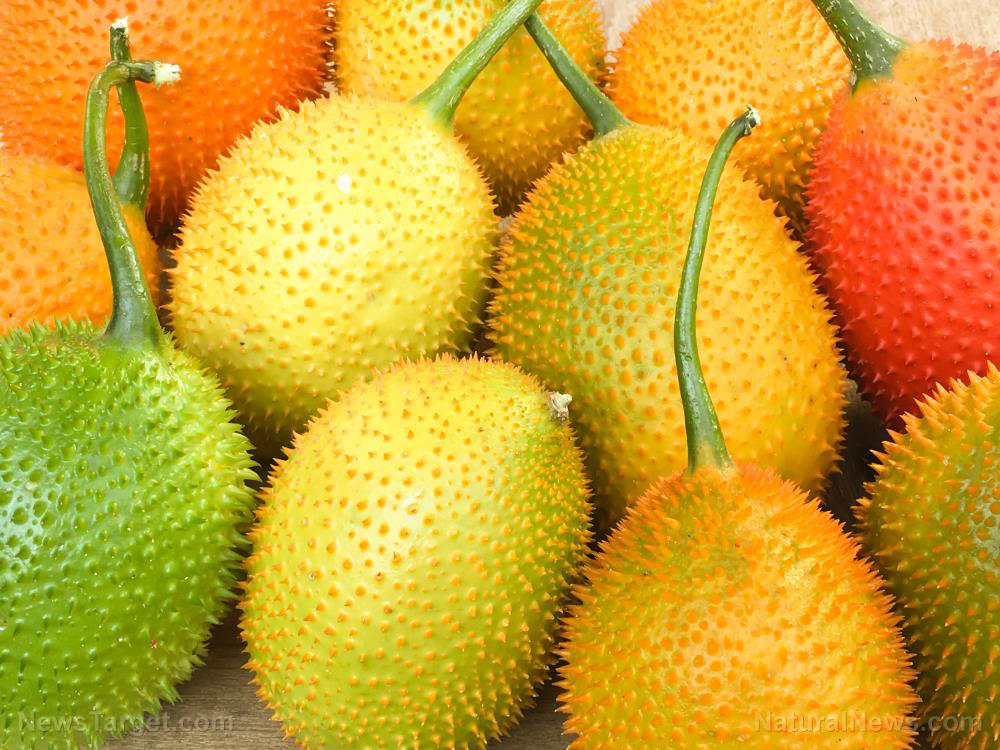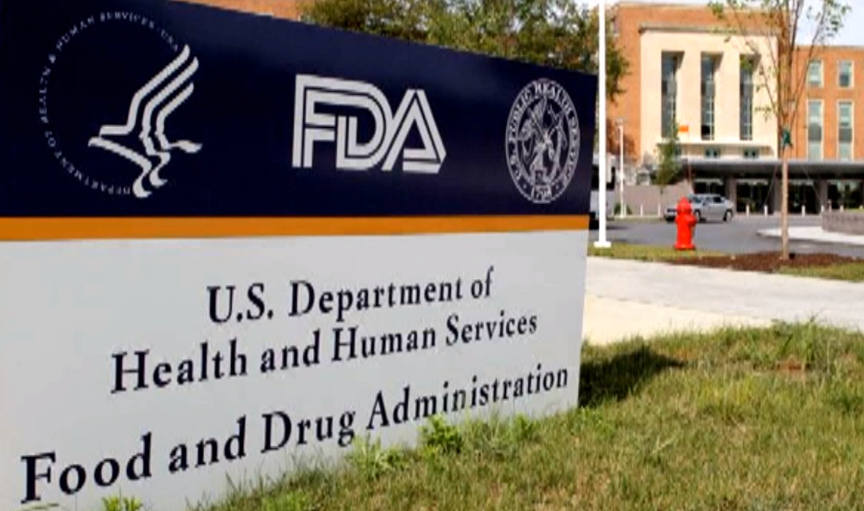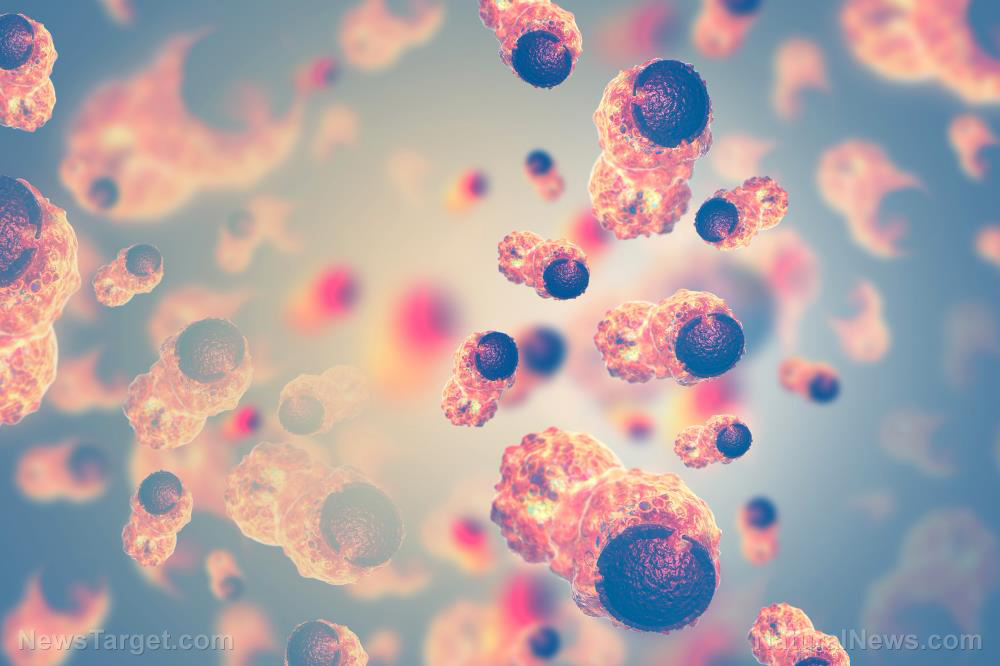Scientists discover GOLD nanoparticles in SPRUCE TREES, which is naturally assimilated by symbiotic bacteria
10/11/2025 / By Lance D Johnson

Deep in the forests of Finland, scientists have uncovered a secret alchemy hidden within the needles of Norway spruce trees. They discovered gold nanoparticles so small they’re invisible to the naked eye, naturally assimilated with the help of symbiotic bacteria. The scientists catch a glimpse into nature’s intricate dance between trees, bacteria, and trace metals, with implications that stretch from mineral exploration to human health.
A study published in Environmental Microbiome reveals that certain spruce trees near Finland’s Kittilä gold mine contain tiny gold particles, formed with the help of symbiotic bacteria living inside their needles. These microbes, known as endophytes, play a crucial role in transforming soluble gold from the soil into solid nanoparticles—a process that could revolutionize how we search for precious metals while shedding light on the hidden connections between biology and geology.
But beyond prospecting, this discovery hints at something deeper: the way trace gold interacts with living systems, from plants to people. Could these microscopic flecks of gold, forged by microbial alchemy, hold clues to health benefits long overlooked by modern science?
Key points:
- Scientists found gold nanoparticles in Norway spruce needles near Finland’s largest gold mine, suggesting trees absorb trace metals from the soil.
- Symbiotic bacteria inside the needles help concentrate gold, reducing its toxicity and forming nanoparticles—a process called bio-mineralization.
- While the gold content is too small for commercial harvesting, it could serve as a natural indicator of underground gold deposits.
- Trace gold in plants and microbes may have unrecognized health benefits, from anti-inflammatory properties to enhanced nutrient absorption.
- The discovery underscores nature’s interconnectedness—how bacteria, plants, and metals interact in ways we’re only beginning to understand.
The microbial goldsmiths inside spruce trees
Gold doesn’t just appear in trees by chance—it’s a carefully orchestrated process involving tiny microbial partners. The study found that specific bacteria, including Cutibacterium and Corynebacterium, thrive in spruce needles containing gold nanoparticles. These microbes secrete sticky biofilms that trap and stabilize gold ions, transforming them into harmless, solid particles.
“Our results suggest that bacteria and other microbes living inside plants may influence the accumulation of gold in trees,” says lead researcher Kaisa Lehosmaa of the University of Oulu. This microbial mediation isn’t just fascinating, it could lead to new “mining” operations. Screening for these bacteria in plants could lead to eco-friendly mineral exploration, reducing the need for destructive drilling.
So why would bacteria bother with gold? Soluble gold ions can be toxic, so microbes likely evolved ways to neutralize them, much like how humans detoxify heavy metals. Over millennia, this microbial alchemy may have subtly shaped ecosystems, influencing how metals cycle through soil, water, and living organisms.
From tree to table: Could trace gold benefit humans?
Gold has long been used in traditional medicine, from Ayurvedic Swarna Bhasma (purified gold ash) to colloidal gold supplements. Modern research suggests that gold nanoparticles—similar to those found in spruce needles—may have anti-inflammatory, antioxidant, and even neuroprotective properties.
While gold isn’t an essential nutrient like iron or zinc (and excessive exposure can be toxic), its nanoparticles interact with biological systems in surprising ways. Studies show they can:
- Reduce inflammation, potentially aiding conditions like arthritis.
- Protect neurons from oxidative stress, offering promise for neurodegenerative diseases.
- Some research suggests gold nanoparticles may help protect neurons and reduce oxidative stress in the brain, potentially slowing neurodegenerative diseases like Alzheimer’s (AD).
- Enhance immune function, balancing overactive responses seen in autoimmune disorders.
- Some traditional systems (e.g., Ayurveda) use gold ash (Swarna Bhasma) for rejuvenation, claiming it enhances vitality and longevity.
The key to any trace mineral lies in bioavailability. Metallic gold is inert, but nanoparticles—especially those stabilized by organic compounds—can be absorbed more efficiently. Some researchers speculate that microbes in the human gut, much like those in spruce needles, might help process trace gold from food or supplements. It’s most important application in medicine right now is in diagnostics. Gold nanoparticles have been extensively used as probes for sensing/imaging a wide range of analysts/targets such as proteins, cells and nucleic acids.
Ways bacteria transform gold
Beyond health, this discovery opens doors for “bio-mining”—using plants and microbes to locate or even extract metals sustainably. Similar techniques could purify polluted water or recover rare minerals from electronic waste. Here are ways bacteria and fungi transform gold:
- Rhizobacteria (e.g., Pseudomonas, Bacillus spp.) Found in soil and root systems, these bacteria reduce gold ions (Au³?) to AuNPs via enzymatic processes (e.g., NADH-dependent reductases). Trees can absorb these stabilized nanoparticles through root uptake.
- Endophytic bacteria (e.g., Bacillus subtilis, Enterobacter spp.) These strains colonize plant tissues and assist in intracellular AuNP synthesis, which may then be transported systemically.
- Human gut microbiota (Lactobacillus, Bifidobacterium) – Some probiotic strains can reduce gold salts into nanoparticles, potentially aiding assimilation through intestinal absorption.
- Arbuscular mycorrhizal fungi (AMF, e.g., Glomus spp.) These fungi form symbiotic relationships with plant roots, enhancing mineral uptake. Some species facilitate AuNP formation from gold ions in soil.
- Endophytic fungi (Fusarium oxysporum, Aspergillus niger) These fungi secrete reductases and stabilizing proteins, converting gold salts into bio-compatible nanoparticles that plants (and indirectly, humans consuming those plants) can assimilate.
With gold, mysteries still remain. Why do only some spruce trees accumulate gold and others don’t? How do bacteria precisely control nano-particle formation? And could gold-rich plants—whether spruce or others—play a role in future nutraceuticals?
Sources include:
Submit a correction >>
Tagged Under:
anti-inflammatory, bioaccumulation, biogeochemistry, biomineralization, Colloidal gold, detoxification, endophytes, finland, gold mining, gold nanoparticles, health benefits, microbial symbiosis, nanotechnology, natural medicine, neuroprotection, plant-microbe interactions, spruce trees, sustainable mining, trace minerals
This article may contain statements that reflect the opinion of the author


